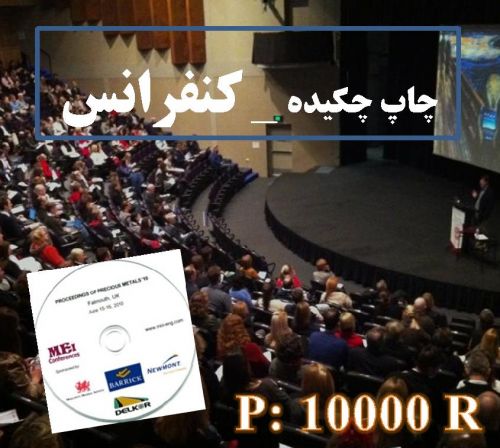Introduction and Objectives: The species of the genus Malassezia are lipophilic and dimorphism yeasts that are regarded as part of normal flora of the skin of the humans and warm blooded animals. All species are identified by morphologic and physiologic features, but these phenotypic methods are time-consuming and lacked sufficient distinction. Thus using molecular techniques, identification of the species is done faster and more correct than phenotypic methods. The purpose of this study was to determine the frequency of common Malassezia species in patients infected with pityriasis versicolor and seborrheic dermatitis using of the Nested - PCR in the city of Ahvaz. Materials and Methods: In total, 75 samples of Malassezia, 45 samples isolated from patients with pityriasis versicolor and 30 samples isolated from peoples who that affected with seborrheic dermatitis, were included in the study. Isolates identified by Nested-PCR method. In the first stage, the ITS region from the ribosomal DNA was reproduced by using primers ITS4-R and ITS1F-N. The product of the first step was used as DNA and using three special pair primers of Mf-F, 5.8SR and M. gl-F, 5. 8SR and M. rt-F and M. rt-R, detected the inner part of the first phase. Results: Of the 45 scotch tape sample that were microscopically positive, 37 (82.2%) isolates identified with three special pair primers and did not detect eight isolate. The most common isolates in frequency sequence were Malassezia furfur (51.3%) M. globosa (35.2%), and M. restricta (13.5%), respectively. From 30 patients that affected with seborrheic dermatitis, 15 cases (65.2%) M. restricta, in 6 cases (26.1%) M. globosa and in 2 cases (8.7%) M. furfur was detected and did not detect seven isolate. Wholly 15 (20%) were not detected in pityriasis versicolor and seborrheic dermatitis patients were other of Malassezia species not surveyed in our study. Conclusion: The most common species isolated from pityriasis versicolor lesions, was M. furfur and then M. globosa. The most common species isolated from seborrheic dermatitis lesions, was Malassezia restricta. The Nested-PCR, is rapid and repeatable method for identification of important Malassezia species and this method is recommended to be used on more patients.
کلید واژگان :ITS rDNA, Nested-PCR, Malassezia, Pityriasis versicolor, Seborrheic dermatitis
ارزش ریالی : 200000 ریال
با پرداخت الکترونیک
جزئیات مقاله
- کد شناسه : 7145968476339845
- سال انتشار : 2011
- نوع مقاله : چکیده مقاله پذیرفته شده در کنفرانس ها(فایل کامل مقاله بارگزاری گردد)
- زبان : انگلیسی
- محل پذیرش : 2nd Iranian congress on medical mycology
- برگزار کنندگان : Ahvaz Jundishapur University
- تاریخ ثبت : 1395/01/15 16:29:23
- ثبت کننده : علی زارعی محمودآبادی
- تعداد بازدید : 316
- تعداد فروش : 0
